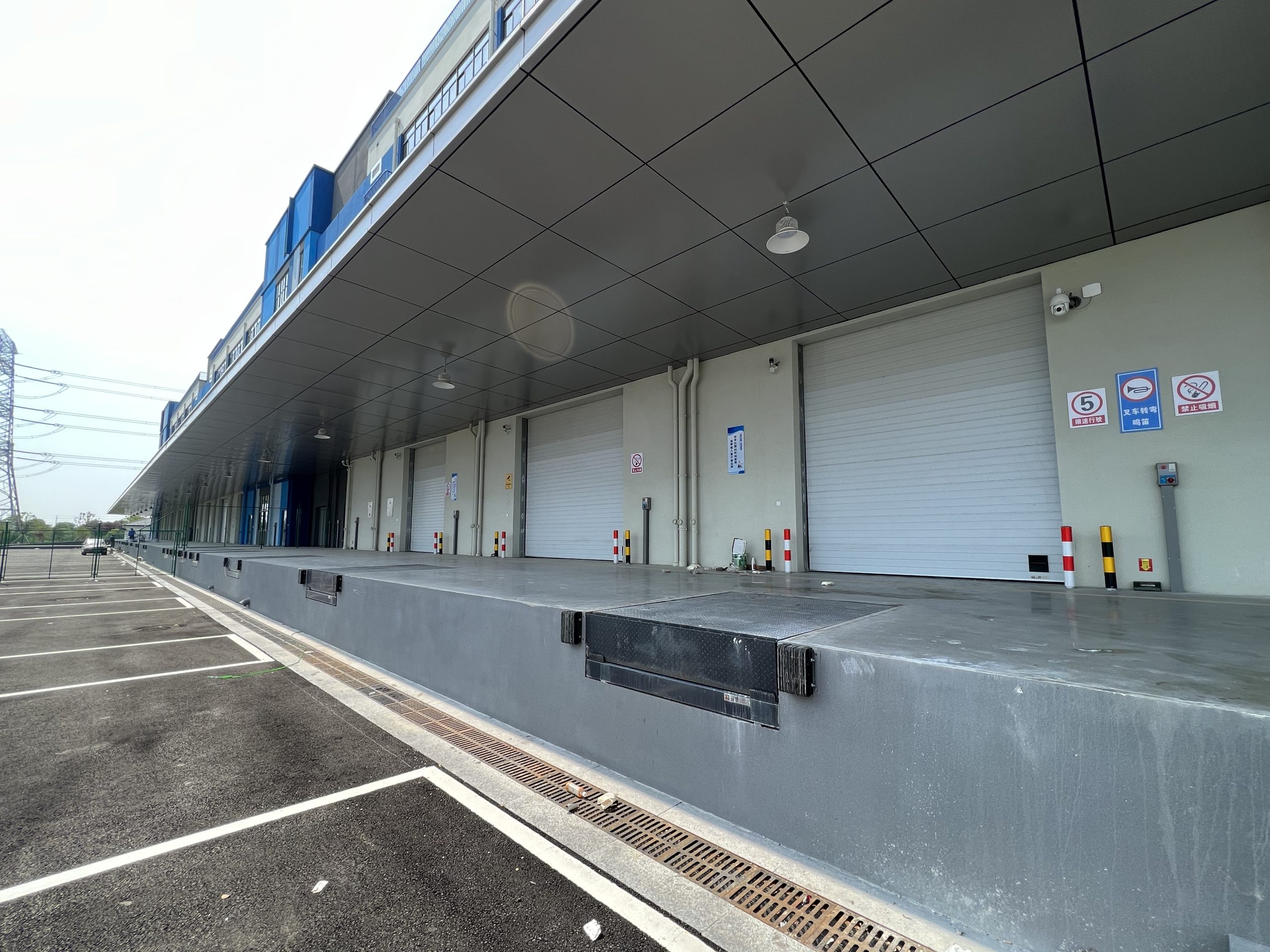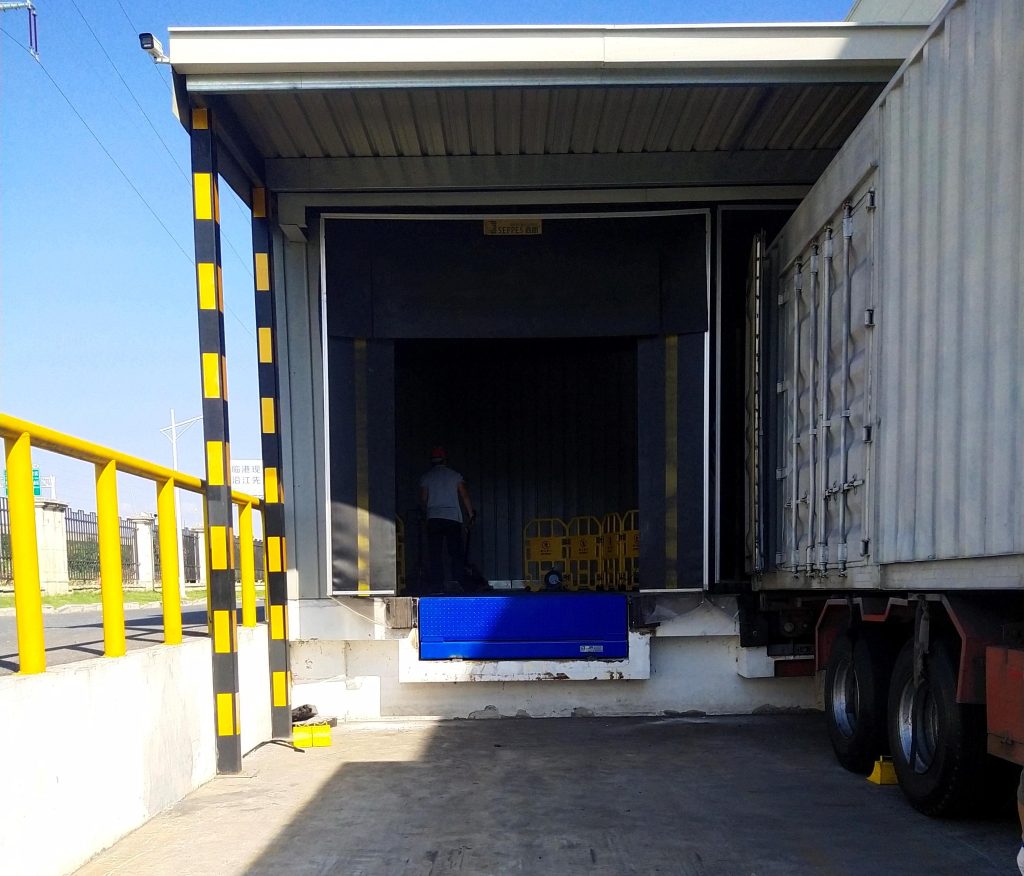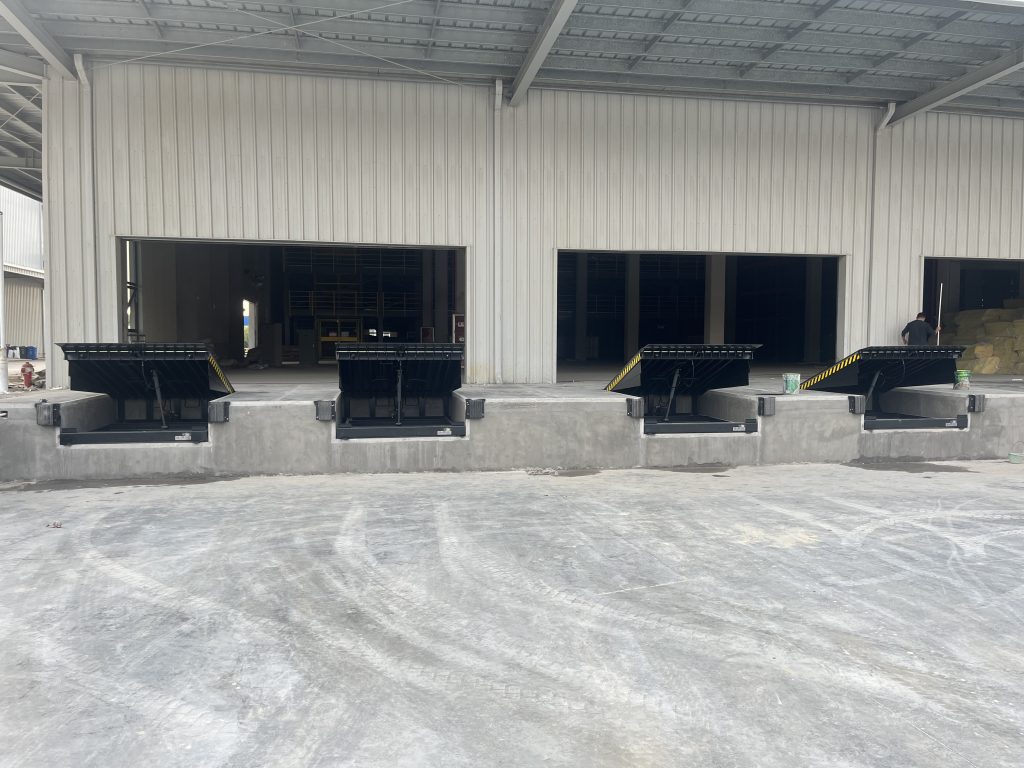Mon - Sat : 9am to 7pm Sunday is CLOSED

Hydraulic dock levelers are indispensable for enhancing the movement of goods between trucks and warehouses. Bridging the gap between the two and facilitating precise and efficient forklift operations. In this article, we will delve into the adjustment range of a loading dock. Its essential features, and factors to consider for optimal performance.

Key Functions of Hydraulic Dock Leveler
A primary function of loading docks is to ensure the seamless loading and unloading of cargo. What’s more, these dock levelers can be raised or lowered to accommodate the varying heights of trucks, enabling forklifts to swiftly and safely transport goods. Typically, a standard loading and unloading platform offers a lifting range of ±30 cm.
Understanding Working Height Differences
However, some customers have encountered limitations in working height following the installation and trial operation of dock levelers, with an upper limit of 30 cm. This height restriction raises concerns regarding the feasibility of forklift operations at such heights. To address this issue, several critical factors must be taken into account.
The Relationship between Adjustment Range and Working Height
The primary reason for the restricted working height is the disparity between the adjustment range of the loading platform and the working height. It is crucial to recognize that the working height must consider the safe angle of the lifting platform. Excessive adjustment angles result in noticeable slopes. This not only compromises forklift safety but also heightens the risk of accidents, including potential landslides.
Safety Perspectives at Working Heights
Typically, the safe angle of the dock leveler falls within the 8 to 10-degree range. To increase the working height of the lifting mechanism. The buffer slope of the loading and unloading platform can be extended, typically by increasing the length of the platform, denoted as “L.” It is essential to note that altering the width and adjustment range of the loading dock does not impact the working height. Thus avoiding interference with forklift operations.

Conclusion
In conclusion, hydraulic dock levelers are crucial for the efficient transportation of goods between trucks and warehouses. They play a pivotal role in ensuring the safety and productivity of forklift operations. By understanding the subtle distinctions between working height and adjustment range, you can optimize forklift transportation efficiency, facilitating the seamless flow of goods. Jiangsu Sha Still Group Co., Ltd., a Fortune 500 company, chose SEPPES as their industrial door supplier.
